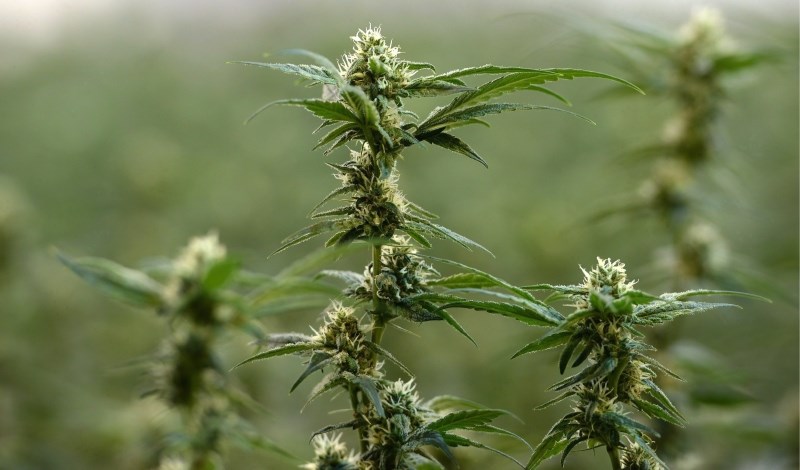The provincial government is giving municipalities and First Nations the power to ban cannabis-production bunkers on protected agricultural land.
Concrete-based, industrial-style bunkers designated for cannabis production on Agricultural Land Reserve properties can be barred by local and Indigenous governments. This does not ban marijuana cultivation in the ALR if it takes place in an open field or in a structure with a soil base.
It’s a “very wise decision,” a Central Saanich farmland advocate said. “We are not against marijuana,” said Ken Marriette, spokesman for Citizens Protecting Agricultural Land.
Rather, the group’s concern has been “having cement-based greenhouses which destroys the future food security value of that farm. You’ll never be able to grow food on it again,” Marriette said.
If a cannabis-producing farm operating under the conditions mandated by the province ceases production, “you can turn it back into food-producing farmland as it should be. That’s what the ALR was designed for,” he said.
Existing licensed operations and those going up that already have permits are allowed, the province said.
Local and Indigenous governments can also prohibit changing existing buildings to increase their size or the material used at the base of their structures. This includes licensed medical and non-medical cannabis facilities in the ALR.
These regulatory changes apply only to land in the ALR. Local and Indigenous governments already have the power to regulate or ban cannabis production on land not inside the ALR.
Marriette’s group collected a 1,400-name petition to the province, prompted by concerns about Evergreen Medicinal Supply’s plan to put up 21 glass and metal greenhouses for cannabis production on Stanhope Dairy Farm between Lochside Drive and Old East Road in Central Saanich.
Shawn Galbraith, Evergreen CEO, said that they are studying the province’s decision and will make an announcement in coming days.
Central Saanich Mayor Ryan Windsor called B.C.’s new regulations a “positive first step.”
“Certainly, we’ll take this and we’ll see if we need to make any further steps in terms of requesting other changes,” he said.
“I’m not sure we need another competing use for limited agricultural land. But I mean the counter-argument is that a plant is a plant, right?”
From a drainage perspective, it is good thing to have more ground that is permeable, Windsor said.
Frank Leonard, past chairman of the Agricultural Land Commission, said the province “has come up with a good compromise,” saying that the industrialization of the ALR has been a concern.
B.C. is treating marijuana differently because these regulatory changes do not apply to other crops.
“I can see the logic in it,” Leonard said. “I was worried that if government had done something about marijuana it would ricochet and affect other crops.”
The nature of farming is changing, he said.
“I think everyone in B.C. should realize that the stereotype of a potato growing out of the dirt — there’s a lot more to agriculture than that and a lot of it is industrial and a lot of it looks like an industry.”
The ALR is a provincial zone in which agriculture is recognized as the priority use.



